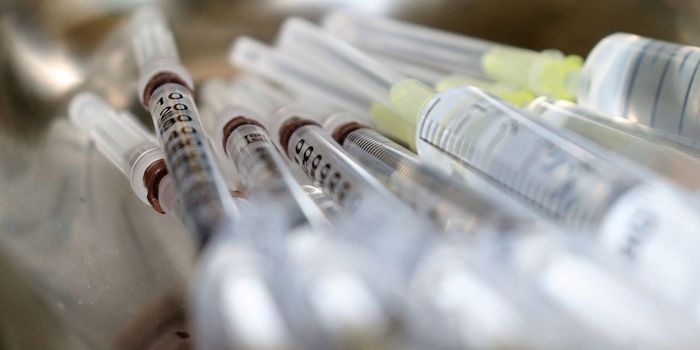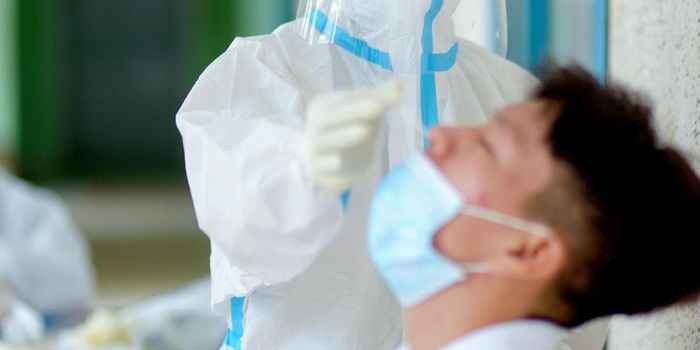Should You Really be Scared of the Coronavirus?
As of February 21st, the death toll for coronavirus reached 2,250, 55,707 currently infected, of which 12,066 (22%) are in a serious or critical condition. Meanwhile, 18,862 have reportedly recovered, meaning that, of current “closed cases”, the disease has an 11% mortality rate. But what does that mean? How scared should we be scared of the virus?
Although statistics are constantly changing, a study looking at 44,672 cases of the disease in China reported between December 31st 2019 and February 11th 2020 found the overall death rate to be just 2.3%. Although perhaps different to current estimations, what was most interesting was the variation in mortality rate between regions and age groups.
For example, the study noted that the death toll in Hubei province, where the outbreak began, was 2.9%- significantly higher than that in seven other provinces at just 0.4%. Moreover, the study found that the virus was most likely to kill those over 80 years old, with a death rate of 14.8%, while for those between 10 and 39 and 40-49, death rates were at just 0.2% and 0.4% respectively. With 80% of deaths having been in people aged 60 and over, so far, it seems that those most likely to die from the virus already have weakened immune systems and underlying health conditions, making it less deadly, and therefore worrisome, for the general population.
However, as it’s still very new, researchers don’t quite know how it works, meaning it is difficult to tell exactly how deadly it really is, and how this may change over time as more data emerges on both its short-term and long-term effects, as well as how it may mutate if not handled properly. That said, from early data, researchers have said that that the disease tends to cause milder symptoms in around 82% of cases, with the rest experiencing a variation of more severe conditions including pneumonia, potentially resulting in respiratory failure, liver failure and multi-organ failure.
At this point, it makes sense to compare Wuhan coronavirus to previous global outbreaks, particularly those of other coronaviruses. In doing so, we can see that it’s death toll of just 2.3% is significantly lower than that of Middle East respiratory syndrome (MERS), standing at 34.4%, and that for severe acute respiratory syndrome (SARS) at 14-15%. That said however, both of these viruses were considered considerably less contagious- with each person carrying the virus expected to infect 1 person and 2.9 people respectively, compared to the range for the current coronavirus outbreak, at between 2 and 5.3 people. This means that, although potentially less deadly per se, coronavirus’s ability to spread to more people may be its biggest concern, killing more people by absolute numbers than percentage death tolls.
Yet, should current estimations from computational models be correct, the coronavirus outbreak should reach its peak by mid-late February 2020. Should this be the case, then of course how deadly the virus is will naturally become less of a concern. If not however, and the virus fails to reach its peak for months to come, then its effects may truly become more deadly in absolute numbers.
When assessing its potential for deadliness however, narratives on its progression may be just as important to observe than the information available itself. As with anything that may have the potential for disruption, media agencies are quick to cause a furore to stir public opinion, and perhaps exaggerate or over-emphasise certain elements for political advantage, more newspaper sales and more web traffic. And this may have been done in the case of the coronavirus.
For example, whether intentional or not, reports on the virus have spurred anti-China sentiment in Hong Kong, further polarizing an already delicate political situation. Moreover, doubts in Western media over China’s response to the outbreak have created tensions between China and many countries amid a greater context in which China is increasingly becoming a threat to Western hegemony. And of course, there is the common adage that bad news sells more than good news.
These forces in mind, dismantling political and financial incentives on how information has been spread about the virus is also important in being able to understand how deadly- and how big a risk- it really may be. After all, oftentimes, to meet political and financial objectives, certain elements such as death tolls may be overemphasized, while recovery rates, which are just as important in understanding the virus’s real risk to civilisation, are left in the wayside.
To conclude, although coronavirus certainly seems deadly in some cases, as most cases tend to be mild in nature, it perhaps doesn’t yet deserve the deadly reputation many media houses maintain. That said, as new data continues to emerge about the virus, to understand how deadly it may be, it is important to remain vigilant on the underlying motivations for information spread and whether its true nature is being sacrificed for underlying political objectives, or even just clickbait.
Sources: Live Science, New Scientist, National Geographic, The Verge, TIME and Technology Networks




















































